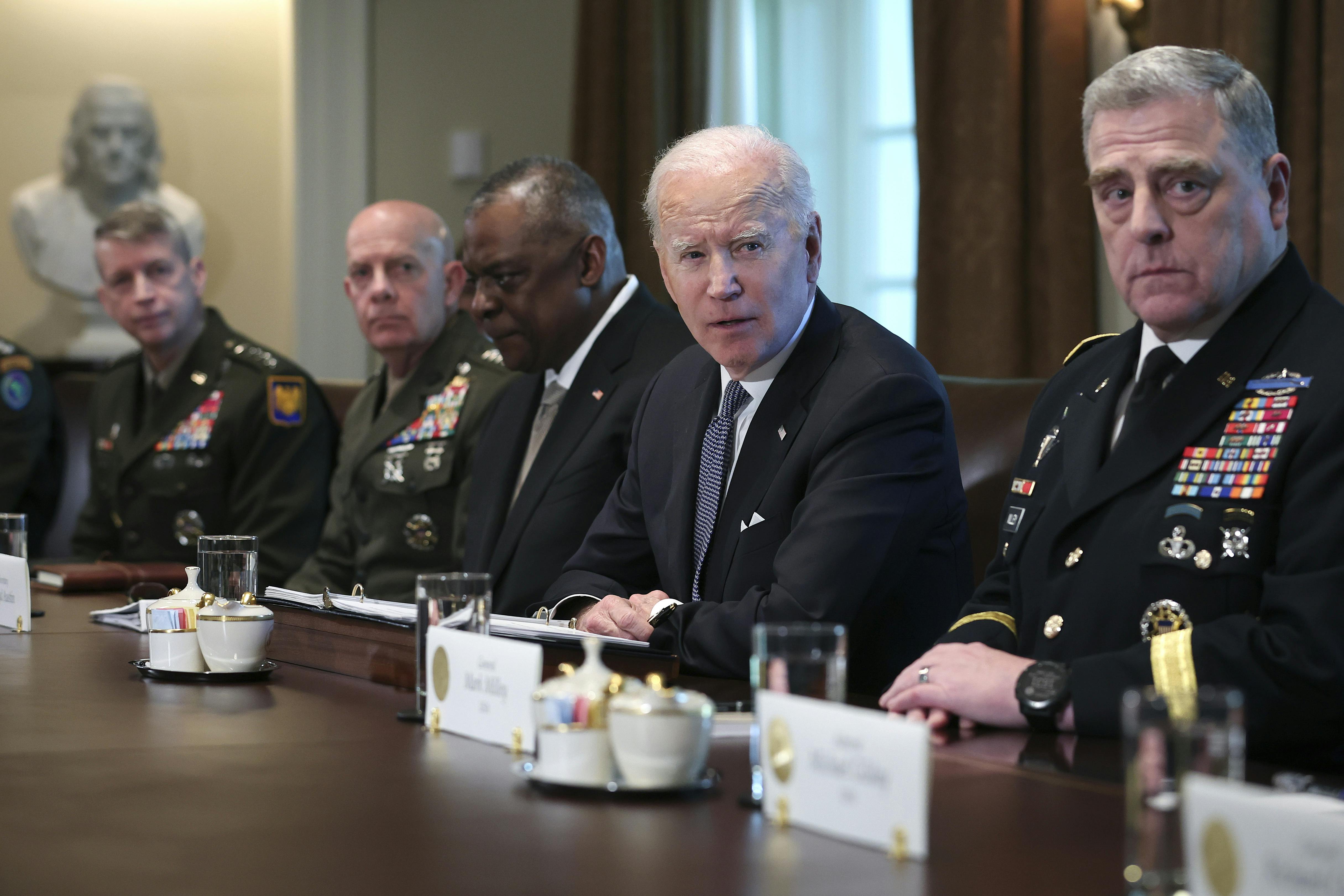
It is beguiling to imagine victory
parades in Kyiv and other Ukrainian cities as beaten-down Russian soldiers flee
across the border with Vladimir Putin’s imperial ambitions in tatters. But
despite the bravery of the Ukrainian forces and the righteousness of their
cause, the odds remain small that the most devastating European war in more
than three-quarters of a century will end in such glorious and unequivocal
fashion.
The latest news reports and
military analyses predict brutal artillery and tank battles along a 300-mile
front in eastern Ukraine. Even with enhanced weaponry (including fighter jets) being sent to Ukraine by the United
States and NATO allies, the only certainties are more death and destruction. We
may be headed toward a stalemate in which military lines remain roughly static
for months in ways reminiscent of World War I.
What happens then? Does the United
States ever push for a negotiated settlement? Or do we keep up the flow of
lend-lease weapons to Ukraine as long as long as Volodymyr Zelenskiy and his
government want to keep waging war? So far that complicated calculation has
been infrequently publicly discussed, but it could become the dominant
question facing the U.S. and NATO in the coming months as the bloodshed
increases. Underlying all these knotty questions is the conundrum of whether America
is willing to grant Putin any reward for his morally indefensible war and the
war crimes that have gone with it.
Up to now, almost all American
discussion of the Ukraine war has been built around short-term thinking as
the military realities kept defying expectations. Rather than reveling in a
triumphal march into Kyiv, the Russian army demonstrated humiliating
ineptitude. Instead of ceding eastern Ukraine to the Russian forces, the
Ukrainian military has demonstrated fierce resolve, right down to the
beleaguered forces trapped in a sprawling steel plant in Mariupol. Only now, as
the Ukraine war hits the eight-week mark, is there an awareness that we are
in this fight for the long haul—and that the time for ad-hoc thinking has passed.
Too often, American foreign policy
has been governed by abstractions and emotionally
loaded words like “appeasement” and “Munich.” In retrospect, it is hard to believe
that a specious concept like the domino theory shaped
policy debates during the Vietnam War. But the carnage in Ukraine is not an
abstract possibility; it’s a harrowing reality. What are the principles that
should govern our offstage involvement in a war against Russia that will lead
to thousands of additional deaths?
These are questions that are easy
to glide over at a time when more than three-quarters of Americans—with no
significant difference between political parties—support sending more military aid to Ukraine,
according to a late March national poll sponsored by the Chicago Council on
Global Affairs. But, ultimately, as Americans grow war weary and emotionally
numbed by the horror stories from Ukraine, the Biden administration will have
to decide what our ultimate war aims are as Ukraine’s major arms supplier.
The obvious face-saving exit route
for Putin is to ratify his de facto control over large segments of the Donbas
region that Russia seized in 2014. Of course, there is no guarantee that such a
cynical bargain with Putin would be successful. But if the war could be ended
along those terms, tens of thousands of Ukrainian lives might well be saved.
There will be those on the right
who will inevitably claim that any negotiated settlement in Ukraine would serve
as a Joe Biden permission slip for autocrats everywhere. But that is conceptual
overreach. The calculations by Chinese leader Xi Jinping about if and when he
will try to take over Taiwan have almost no connection to the lumbering
failure of Russia’s conscript army in Kyiv or the outcome of the battle for
control of the Donbas. And the Iranians have problems enough of their own
without looking to Putin for strategic guidance.
The only autocrat who matters in
these calculations is Putin himself. Peacekeepers may be blessed, but a strong
case can be made that anything less than abject defeat will encourage Putin to
open new fronts in his chosen war with the West. If Putin were bought off with
the Donbas, at what point would the Russian megalomaniac try again for Kyiv
with a better military strategy and hardened troops? Or next time around—having
endured NATO economic sanctions—would Putin try to absorb the Baltic states, daring America and its allies to get into a shooting war with a nuclear power?
/ In honor of Earth Day, TNR’s climate coverage is free to registered users until April 29. Start reading now.
Yes, there are risks in premising
American policy on potentially unreliable guesses about Putin’s psyche. The
myth of Putin as a cynical but rational chess player has been upended by the
march of folly in Ukraine. But are we certain that the new image of him as
out of touch and constantly lied to by his generals and his underlings is any
more accurate?
Still, the quest for total victory
in Ukraine is premised on the belief that defeat is the best deterrent. Having
forged NATO unity and a surprising degree of economic sacrifice by the
Europeans, Putin should be under no illusions that next time will be easier.
The Ukraine war is one of those rare times when the morally right course—forcing
Russia to retreat from all of Ukraine—is also the approach that appears to make
the most strategic sense. There are no certainties in an irrational war seemingly
brought on by Putin’s passion to restore the Soviet Union. But America should
do everything in its power—short of sending troops—to bring victory parades to
Kyiv.
